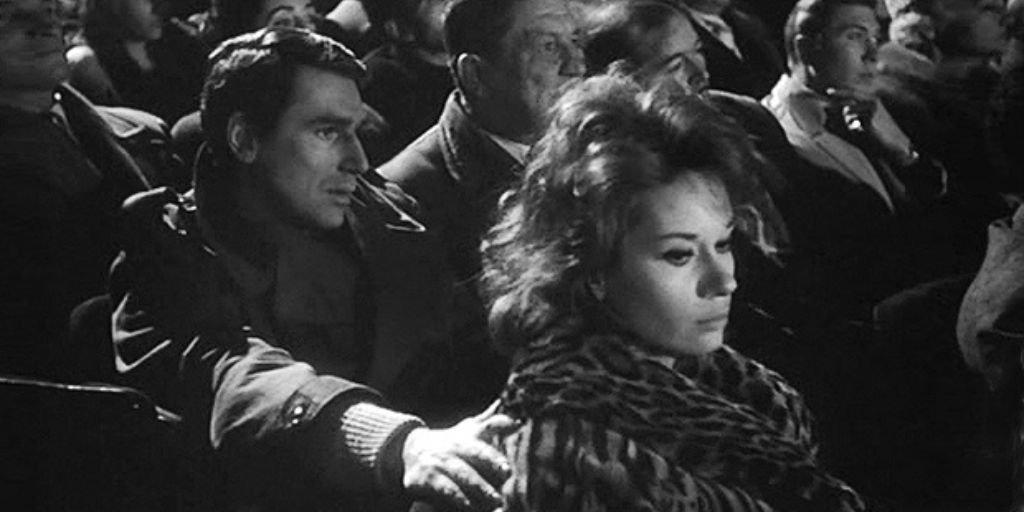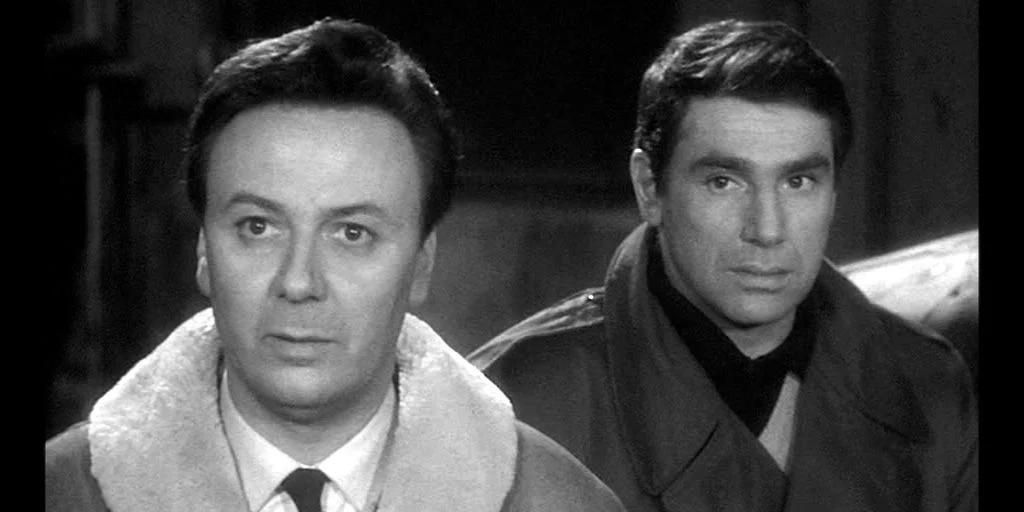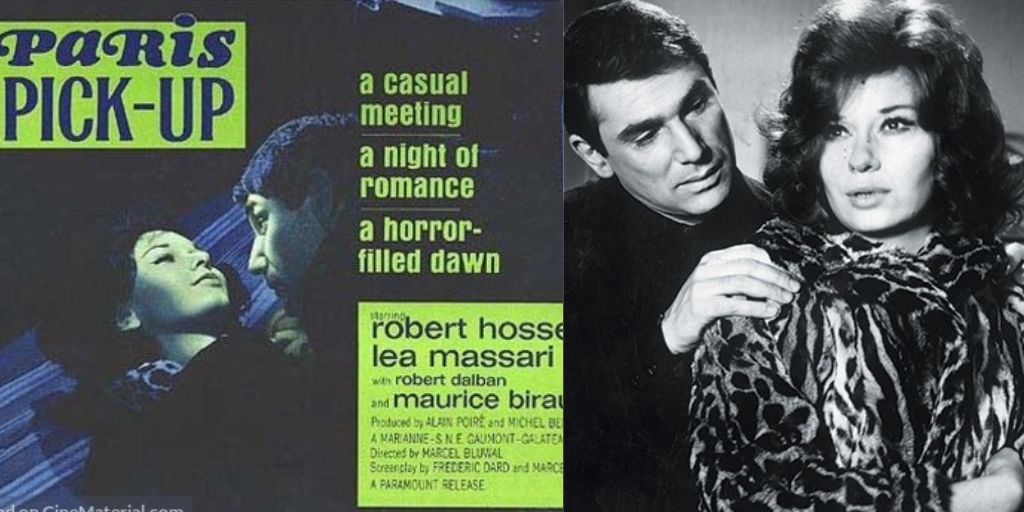Film enthusiasts with a penchant for film noir have been debating the start and finish dates of this most amazing genre of cinema for a while now.
French film noir is rarely given much thought, which is absurd considering that there were some very excellent French noir films made in the 1960s.
While American interest in noir film began to wane towards the end of the 1950s, some French filmmakers continued to carry on the tradition.
The 1962 film Le Monte-charge is a superb example of Frenchie noir. The story, which is directed by Marcel Bluwal and co-written by Bluwal and Frederic Dard, thrusts Robert Herbin (Robert Hossein) into a shadowy, Hitchcockian maze set among Argenteuil’s back streets.
Herbin, who recently completed a seven-year sentence, is in the city in violation of his parole conditions because he is truly in need.
Herbin meets Martha Dravet (Lea Massari) in a café and quickly falls in love with her. The seductive siren then draws him into a sensual game of cat and mouse.
Nothing seems peaceful and bright on a Christmas night. A beautiful married Italian woman named Marthe Drévet, who has a lot to hide, is introduced to Robert Herbin, an ex-convict played by Robert Hossein.
This is the start of a noir film that is full of suspense and unexpected turns that are unfairly overlooked in modern times.
Based on a novel by Frederic Dard, who was well-known in France for his “San Antonio” series (which isn’t to everyone’s taste), the screenwriter created a murder mystery that was just as captivating as any of Boileau-Narcejac’s (les diaboliques, Vertigo).
As the primary auteur of the film, Robert Hossein appears to be much more than Marcel Bluwal, who is essentially a TV director.

The action is set in an old house with a large workshop on the first floor. A service lift (monte-charge) leads to the apartment in a foreboding, dark house.
Robert goes to Marthe’s house for a drink; he places a little bird he recently purchased on the Christmas tree, and they take a walk around the neighborhood.
When they return, they find the husband’s dead body in the room, and the most amazing thing of all is that the bird has vanished. And that’s just getting started!
Scenes outside the house demonstrate the influence of Clouzot and Duvivier, as well as Dard’s misanthropy: on that Christmas night, nothing truly divine is seen throughout the streets.
With the exception of the opening scene, in which a gendarme purchases a plane for his child, all we witness is people fighting or arguing.
And it is during the midnight mass when a singer begins to sing “minuit chrétiens” (o holy night), that the two heroes come across Maurice Biraud, a vile bourgeois who is full of vulgarity and conceit.
Ending Explained
Le Monte Charge has a spectacular ending. Even though skeletons fall out of the closet, the events leading up to the final act are amazing and do a wonderful job of creating a bond between the two protagonists.
A fantastic police station scene that is quietly hilarious to watch comes next. Spoilers ahead for our interpretation of the open ending and my brief discussion of the last act!

In the last act, Martha and Herbin’s plans have come to pass, and they have both been granted alibis and have disposed of Martha’s husband’s body. This continues until her child utters words for the first time, at which point the drama concludes entirely through frames.
According to our interpretation, Herbin was completely enamored with Martha after ultimately triumphing over his former partner (following the murder he had committed).
In the hopes that Martha will remember him, he makes the decision to give himself up by giving her the ring he has been carrying, signifying that Martha is his ex. This was in opposition to the inspector’s belief, which was that he couldn’t possibly kill someone on his first day out of jail.
As you may have noticed, Herbin called him immediately at the start of the movie, indicating that he was acquainted with the man who was linked to his past. Would Herbin, however, want that? we suppose not.





